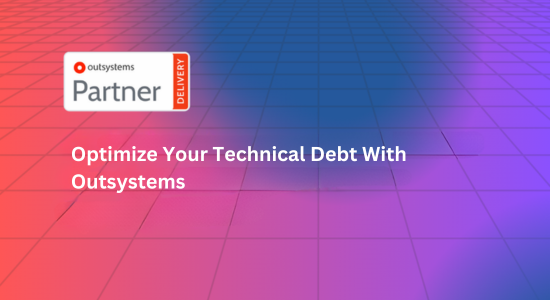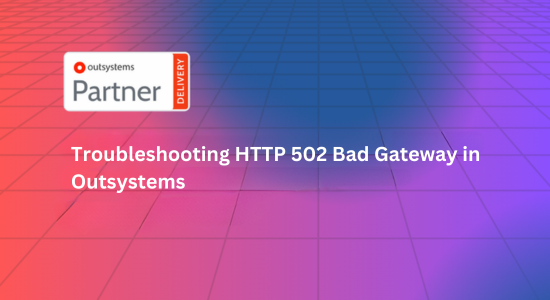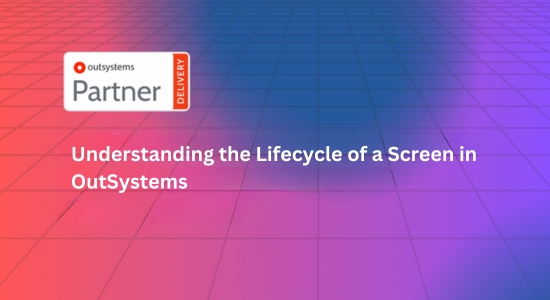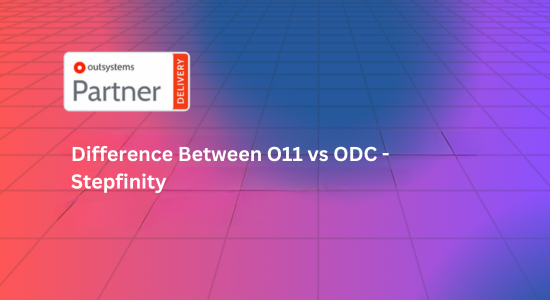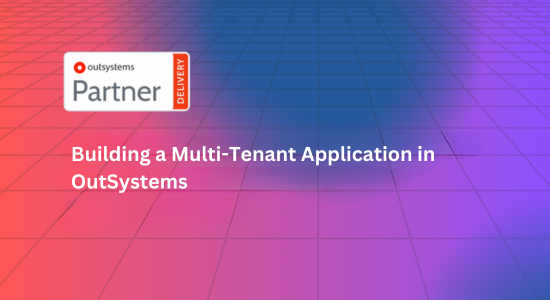In the interconnected landscape of modern software development, the ability to seamlessly integrate with diverse systems and services is paramount. Outsystems, known for its low-code development platform, shines not only in expediting application creation but also in facilitating smooth integrations with various external systems. Let’s delve into the realm of Outsystems integrations and how they contribute to creating cohesive and interconnected applications.
Understanding Outsystems Integrations
Outsystems’ integration capabilities allow developers to connect applications with a myriad of systems, databases, APIs, and external services. Whether integrating with legacy systems, cloud services, or third-party applications, Outsystems streamlines the process, ensuring seamless communication and data exchange.
Pre-built Connectors and APIs
Outsystems provides a repository of pre-built connectors and APIs, simplifying the integration process. These connectors serve as building blocks, enabling developers to connect to popular services and platforms such as Salesforce, Microsoft Azure, AWS, databases, social media APIs, and more, with minimal effort.
Custom Integration Development
For systems or services without pre-built connectors, Outsystems allows developers to create custom integrations using low-code development. This flexibility empowers developers to tailor integrations to specific business requirements, ensuring a precise fit for the application’s needs.
Integration with Legacy Systems
Integrating with legacy systems often presents a challenge in modernizing applications. Outsystems addresses this challenge by enabling seamless integration with legacy systems. It allows organizations to leverage existing infrastructure while modernizing functionalities and integrating new features seamlessly.
Robust Middleware Capabilities
Outsystems acts as a robust middleware, facilitating communication and data exchange between disparate systems. Its middleware capabilities enable data transformation, orchestration, and mediation, ensuring smooth interoperability between different applications and services.
Streamlining Business Processes
By integrating various systems and services, Outsystems streamlines business processes. It enables applications to access and utilize data from multiple sources, optimizing workflows and providing a unified view of information crucial for decision-making.
Real-time Data Synchronization
Outsystems supports real-time data synchronization between integrated systems. This capability ensures that data remains updated across platforms, providing users with accurate and timely information without manual intervention.
Conclusion
Outsystems’ integration capabilities play a pivotal role in creating cohesive and interconnected applications. Its pre-built connectors, custom integration development, compatibility with legacy systems, robust middleware functionalities, and real-time data synchronization contribute to building applications that seamlessly interact with diverse systems and services.
In a digital landscape where interconnectedness and data exchange are pivotal, Outsystems’ integration prowess empowers organizations to create applications that transcend silos, enhance operational efficiency, and provide a unified user experience. Leveraging Outsystems integrations enables businesses to embrace innovation, leverage existing resources, and stay agile in a rapidly evolving technological environment.



